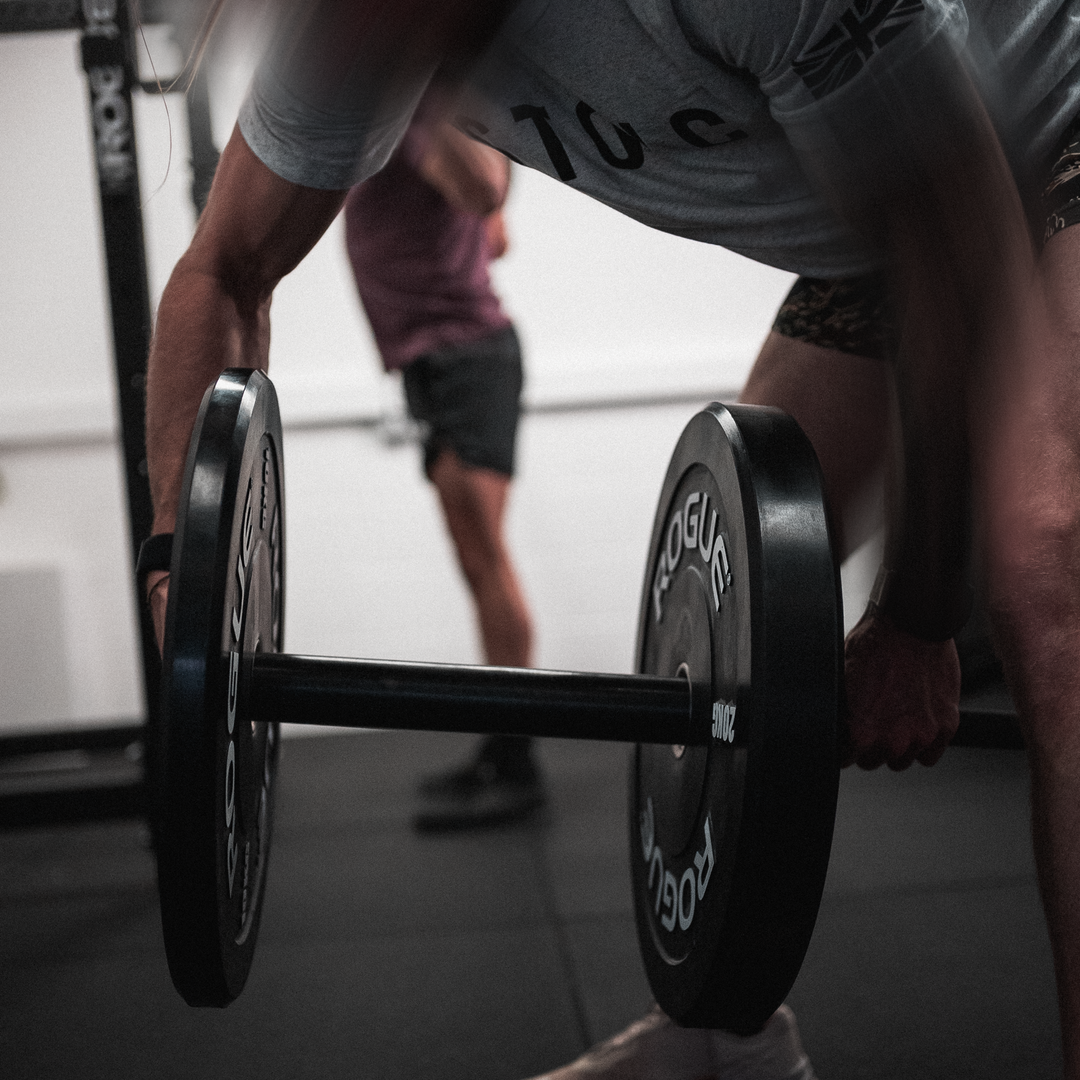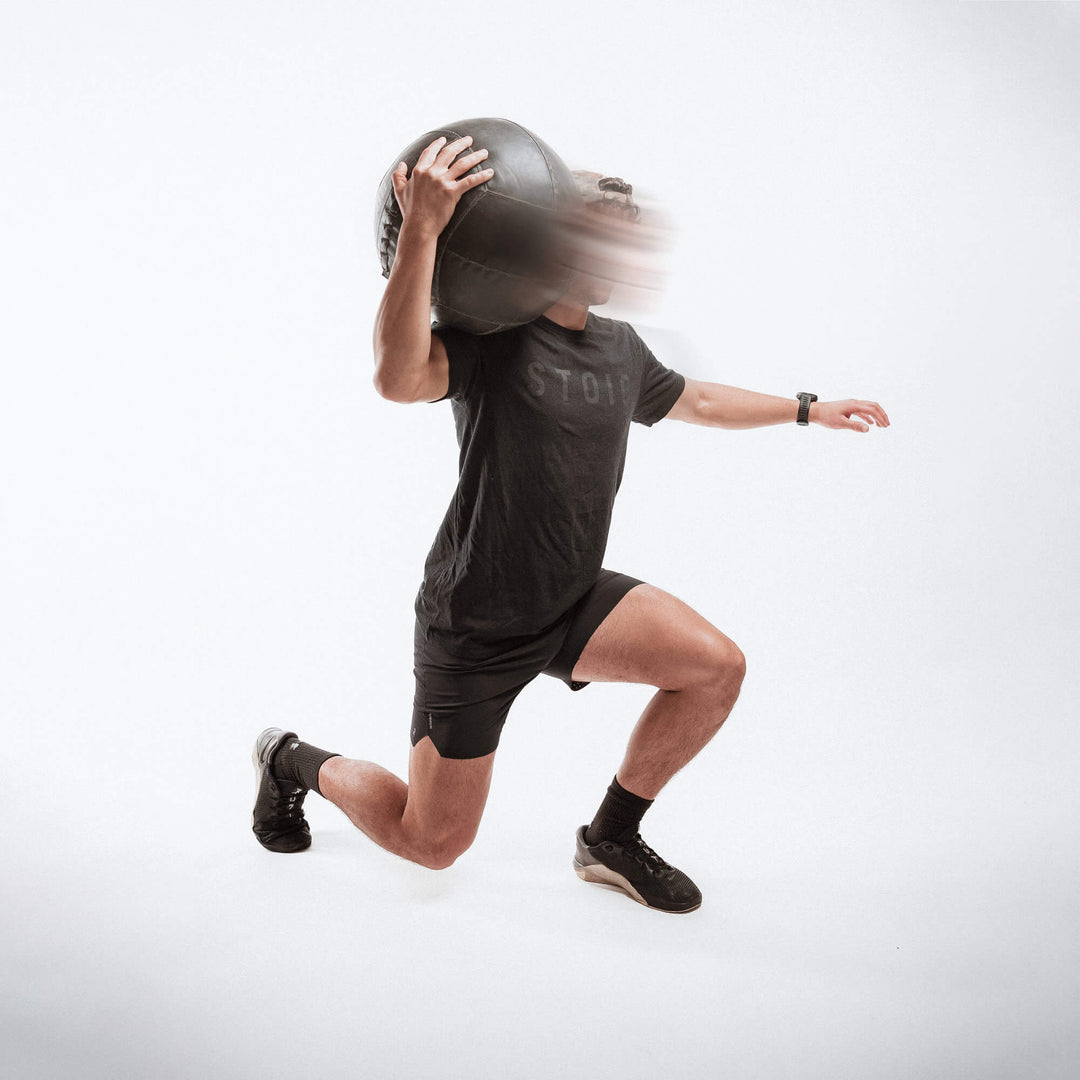INTRODUCTION TO MOBILITY FOR SOLDIERS AND OPERATORS

Our mobility is an integral part of our overall performance and longevity but is often overlooked or not programmed effectively. The main reason for this being, much like nutrition and training, there are many conflicting points of view in the available literature. The very definition of mobility itself is frequently confused with or used interchangeably with that of flexibility.
We’re going to define and explore what mobility is, why we need it, how much we need, what affects it and how you can improve it.
Flexibility vs Mobility
The definition of flexibility is “the ability of a muscle, muscle groups and joints to passively move through a range of motion”.
Mobility is defined as the “ability of a muscle, muscle groups and joints to move actively through a range of motion”.
So flexibility is defined by our muscles and joints moving passively (and would often be a component of mobility) whereas our mobility looks at joints moving actively.
However, it is not only your muscles lengthening and your joints moving that contribute to how much mobility you have access to, but also things like:
- Your nervous system
- How far each joint moves within its joint capsule
- Your own physiological make up (how deep your hip sockets are for example)
- Breathing patterns
- Previous injuries
- How stressed, stimulated or relaxed you are at that given moment
- Your past experiences and trauma
Benefits Of Sustaining Good Mobility
There are numerous benefits to maintaining a good level of mobility throughout your career such as:
- Greater joint range of motion and freedom of movement
- Improved joint health due to movement and pressure changes
- Improved circulation
- Decreased risk of injury
- Can help reduce muscle tension and soreness
- A reduction in stress and allostatic load
- Improved ‘posture’ (and ability to alter your postural positioning)
- Improved movement efficiency with less mechanical energy wastage
- Improved form and technique whilst training
- Improved career longevity
- Better quality of life after your career
Your mobility and the control you have over certain movements, such as being able to sit on the floor and stand back up without using your hands, can be a part of a reasonable prediction of your longevity (although there are many more factors that play a part so don’t read into the hype literature too deeply).
Self Test
Starting a standing position, sit down cross-legged on the floor in a controlled manner without using your hands, arms, or knees to slow your descent. Then stand back up, also without using your hands, arms, or knees to help boost you back to the standing position.
Objectively ask how you faired? Was it more of a struggle than you anticipated? If you’re under 50 and struggled with this test then it’s an indication that there may be some opportunities for you to work on as this test gives you a snapshot look at mobility, balance, motor coordination and relative strength (strength relative to your body weight).
Like with any movement pattern, there is a learning component to it but nervous system control and muscular coordination are parts of our overall mobility too.
How Much Mobility Is Needed
In terms of how mobile you need to be – for our community, we say that you should be sufficiently mobile to consistently perform your role and all the tasks it involves (however this advice also extends to all demographics). Added to that we recommend working on mobility from a health and longevity point of view to help extend your career and stave off potential injuries.
A needs analysis of the role of an active soldier or operator calls attention to the following movements as some high priorities for mobility:
- The ability to bilateral squat at least to parallel
- To kneel on either knee
- To internally and externally rotate your shoulders to put on Bergen, vests etc
- To bring your arms up overhead to climb ladders or scale obstacles
- To be able to resist and assist rotational movements
Remember that our overall mobility is the sum of all the movement potential in every joint in our body. If you lack sufficient range in any one of these movements, your body will help you to find a way to accomplish it by recruiting other joints to assist.
For example, if you’re not able to lift your arms overhead, your body will gain the mobility to carry out the movement from other joints like the shoulder girdle, thoracic spine, lumbar spine and even the hip. The problem is that over time this extra recruitment can potentially wear on the body and cause more stress in areas that need not be stressed if you had simply addressed the mobility of the shoulder joint.
What Affects Mobility
Many factors play into your mobility as we stated earlier but in an attempt to simplify it, your mobility comes down to a matter of disuse and safety.
For example, if you’re moving into a range of motion that your brain and nervous system either deems unsafe or unfamiliar, it will restrict that movement.
If you’ve spent an extended amount of time without doing this movement in your day to day life (we rarely have to lift our arms much past our shoulder height to perform our daily tasks), your brain and nervous systems ability to recognise this movement pattern fades and your access to this range and mobility will decrease.
If you then need to lift something onto a high shelf or you’ve just joined in on a gym session and the first movement is overhead pressing; your nervous system will struggle to recognise the motor pattern and therefore won’t be able to create the strength and stability needed for the movement.

How Do You Improve Your Mobility
There are many methods that claim to improve your mobility. Inputs such as foam rolling, theraguns, needling, cupping, using a lacrosse ball or using bands are said to all increase your range of motion.
However, these all work on a neural level by affecting your nervous system, giving you a temporary change in the way your brain and nervous system view that area you’re working on but not actually making any physiological changes. Without the inputs of movement, repeated exposure to new positions and loading, your nervous system will simply return back to it previous state.
If your joints and tissues are relatively healthy, it’ll take a frequent, gradual and incremental exposure to the new movement or position you want, followed by progressive loaded training in those movements to increase neural requirement.
Frequency and Consistency win
The two biggest factors to keep in mind when improving your mobility would be frequency and patience. It’s far more efficient to work on your mobility for around 15-20 minutes each day rather than doing one or two big 60-minute yoga sessions each week.
Use it or lose it
Your mobility can easily be maintained by using full ranges of motion in your regular training sessions with touches of targeted mobility at specific joints each week.
Summary
Mobility work needs to be thought of as just another aspect of your entire training regime and worked on with the same focus and consistency as your resistance training or conditioning training. The input to your body from mobility for is more recovery based but feeds back into and benefits your overall health.
Mobility work should not be confused with a pre-session warm-up. Your warm-up should prepare your body for movement by increasing temperature, blood flow, focus and neural activity. It should not be trying to solve positional issues immediately before you load those positions.
Commit to mobility work outside of your regular training sessions with the primary focus being to improve the positions your body has access to and control over, thereby improving power output and performance in training and your job.
Some final mobility tips:
- Joint range of motion is a high priority to maintain – move your joints first – motion is lotion.
- Move with control, strength and stability to maintain long term gains in mobility.
- Move gently, regularly and with purpose – if you don’t use it, you lose it quickly.
- Be proactive with it rather than reactive. In other words, don’t wait until problems arise before you address them.
- Don’t try to solve problems with your mobility immediately before a workout. Do your ‘mobility improvement’ work outside of your training sessions.




